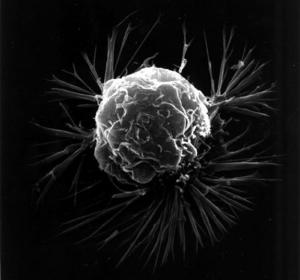Dr. David Samadi is the chairman of urology and chief of robotic surgery at Lenox Hill Hospital in New York City and is a board-certified urologist and oncologist specializing in the diagnosis and treatment of urologic diseases, kidney cancer, bladder cancer and prostate cancer. Samadi also specializes in many advanced, minimally invasive treatments for prostate cancer; is one of the few urologic surgeons in the United States trained in oncology, open-, laparoscopic- and robotic-surgery; and was the first surgeon in the nation to successfully perform a robotic surgery redo. He contributed this article to Live Science’s Expert Voices: Op-Ed & Insights.
For a surgeon who has successfully treated prostate cancer in many thousands of men by removing their prostate gland, the idea that science might one day be able to regenerate this gland using stem cells is a foreign one — and yet highly intriguing. But this advancement is just one of many potential treatments for prostate cancer or benign prostate enlargement that may eventually arise from important new research on the cellular building blocks of prostate gland development.
In a study published Feb. 11 in the journal Stem Cell Reports, scientists from the University of York in England detailed their discovery of a “signaling pathway,” a set of signals that tell proteins inside stem cells how to evolve into prostate tissue cells called basal cells and luminal cells. The researchers learned there are 80 genes involved in this process, and that the main signals responsible for activating prostate development are retinoic acid and male sex hormones — the balance of which are disrupted in prostate cancer.
Source: live science


